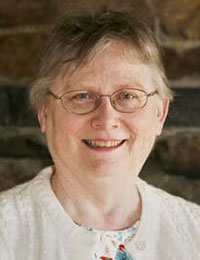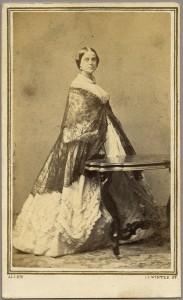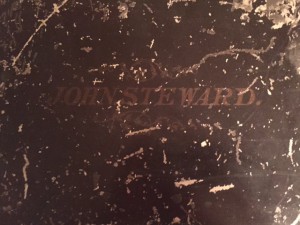 Has anyone else gotten into the new analog journaling craze? Often called “Bullet Journaling,” it is a return to the old, handwritten method of keeping records. There are many templates that can be followed, but the Bullet Journal (BuJo) is intended to be thoroughly individualized by the writer to suit his or her needs.
Has anyone else gotten into the new analog journaling craze? Often called “Bullet Journaling,” it is a return to the old, handwritten method of keeping records. There are many templates that can be followed, but the Bullet Journal (BuJo) is intended to be thoroughly individualized by the writer to suit his or her needs.
Among records that might be kept in a BuJo are calendars, daily schedules, events, future planning, goals, inspirational quotations, doodles, and collections. Some people decorate their BuJos with neat hand lettering, images, icons, washi tape, and more (check out Pinterest and YouTube for ideas). Some keep all of their information in one journal, others have specialized journals for different subjects. Continue reading Journaling






